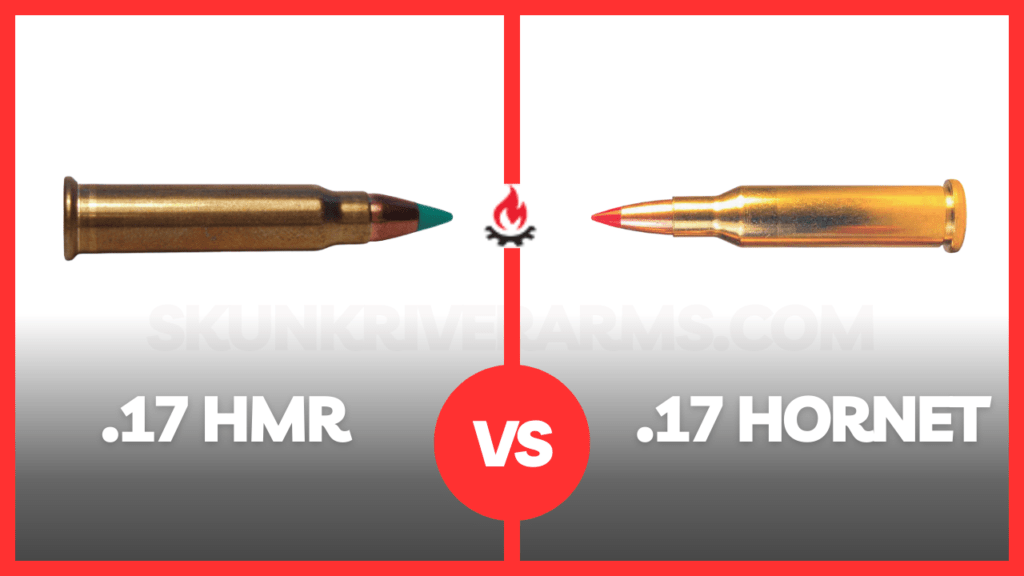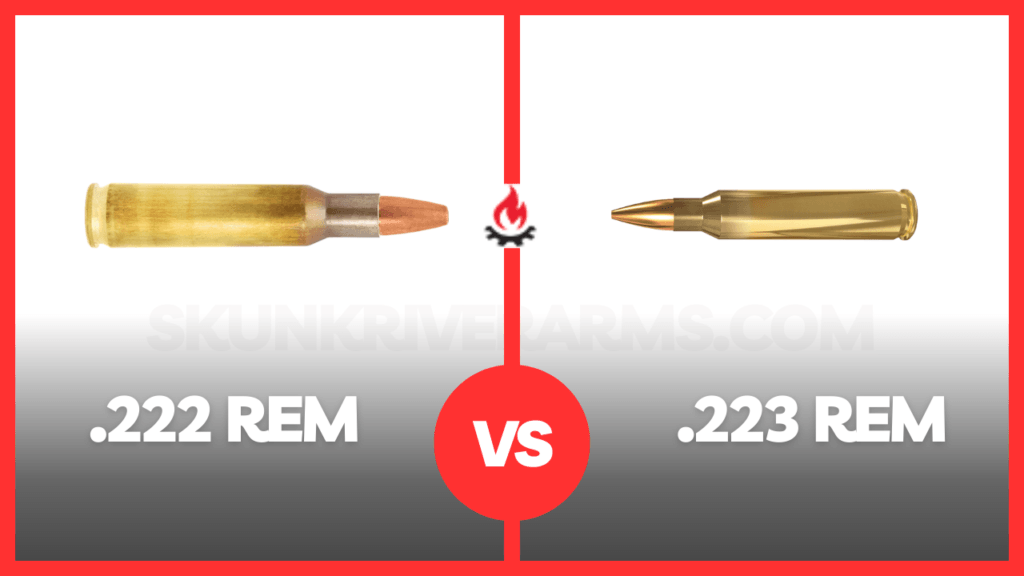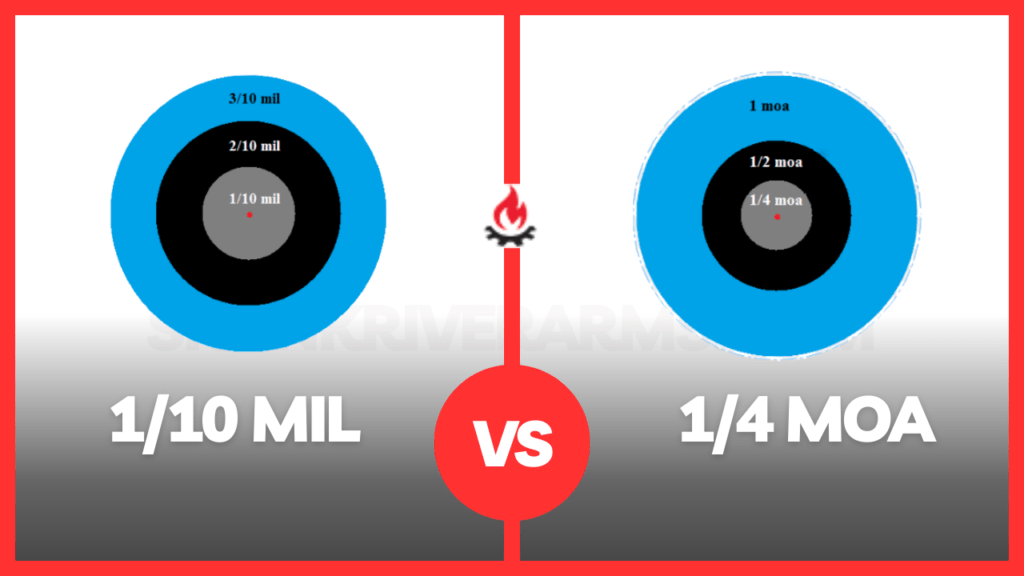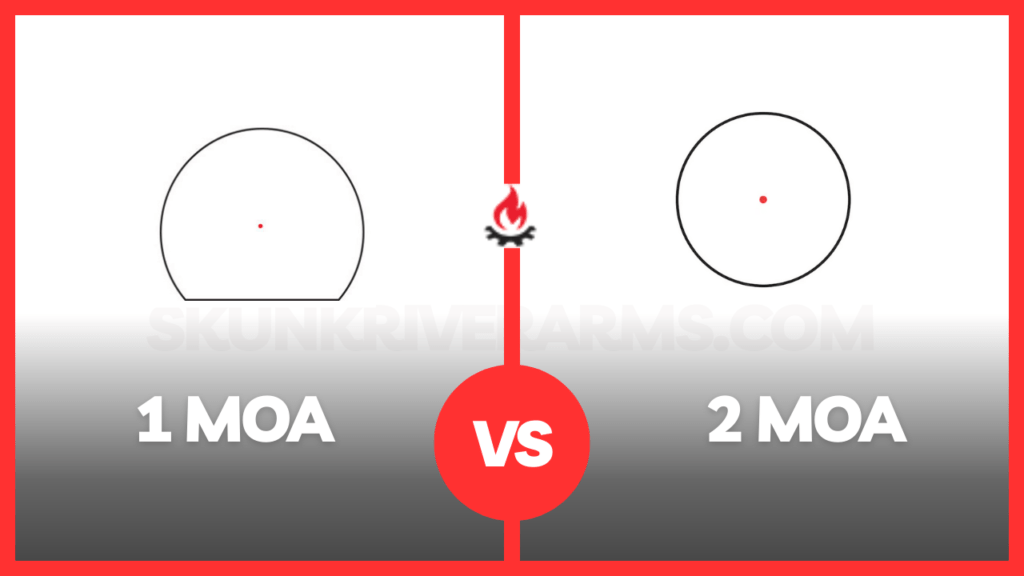When it comes to large revolver ammunition that packs an insane amount of energy, your options are quite limited. Due to that, it often becomes confusing to find the right caliber for your revolver.
.454 Casull vs .480 Ruger isn’t a new argument. If you search for long enough, you might find discussion of them going on for over half a decade if not longer. Due to people’s tastes and experiences, the two of these cartridges have a separate fanbase.
Some say .480 Ruger is the GOAT while some may differ. Which party do you belong to? Wait, you don’t know that yet. Don’t worry, allow me to help you find the peaceful middle ground between the two and help you decide.
Let’s start.
.480 Ruger
The .480 Ruger is a custom large and high-power revolver cartridge introduced by Ruger and Hornady in 2003. Coming in at 12.1 mm diameter, it was the largest revolver cartridge ever made back in 2003!
The .480 Ruger is the perfect cartridge that offers high energy without the recoil of larger hard-kicking rounds.
.454 Casull
The .454 Casull dates back to 1954. It was developed by Dick Casull, Duane Marsh, and Jack Fullmer. This was developed as a Wildcat Cartridge. While it did not have that much fame at the start, that changed when Freedom Arms brought in a single-action revolver that chambers the .454 Casull.
Ruger later followed that and in 1997, they released a .454 chambered Super Redhawk.
.480 Ruger Vs .454 Casull – Key Differences
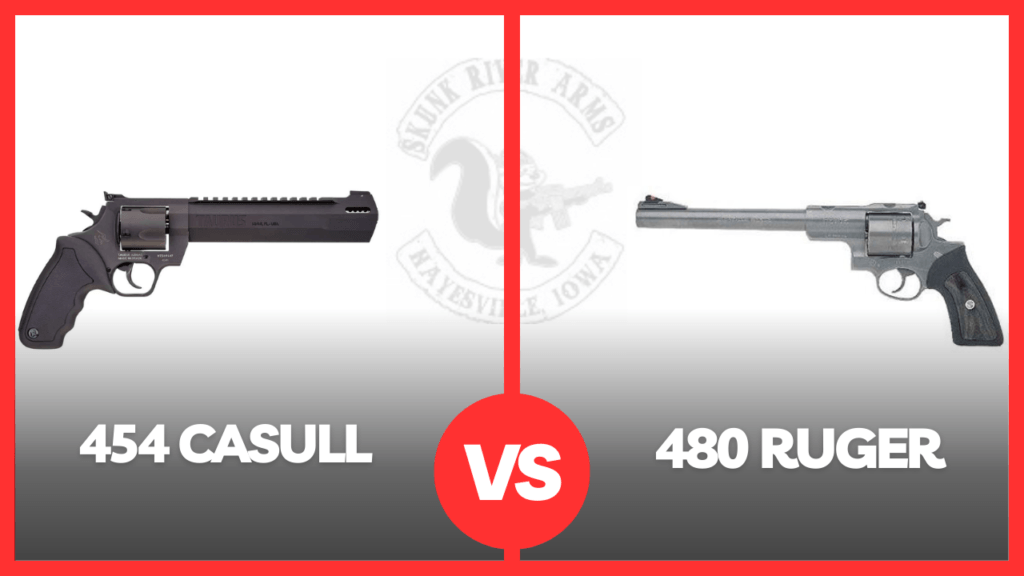
Now that you know a brief history of the two, let’s get to know what you are really here for. The juicy details and what makes these two different than one another, let’s go!
Size
The .480 Ruger is a semi-rimmed straight cartridge. It has a bullet diameter of .476”. The overall length of the bullet is 1.650”. As for the case length, that’s around 1.285”. As you can see, it’s not a small cartridge by any means.
On the other hand, the .454 Casull is 1.77” long and it’s a rimmed straight cartridge. The bullet diameter of it is .452”. Despite it being a longer cartridge than the .480 Ruger, it’s not necessarily a bulkier cartridge.
Ballistics
Just like the size difference between the two, their ballistics are also different. The maximum pressure (psi) is extremely different between the two!
The total pressure on .480 Ruger is 48,000 psi. On the other hand, you get 65,000 psi on the .454 Casull! You can genuinely feel and see the difference between the two.
If you are using the 240 gr XTP JHP Hornady, you will get around 1900 FPS. That’s a lot for a revolver cartridge! And for .480 Ruger, you will get around 1350 FPS with a 325 gr XTP Hornady.
If speed is your middle name and impacts the last, then your obvious choice here is .454 Casull. The two don’t even compare in terms of total power and muzzle velocity. They are miles apart.
Speaking of power, you can expect around 1923 ft-lbs on 240 gr .454 and 1315 ft-lbs on 325 gr .480.
Recoil
I think you already guessed it. Yes, the .480 Ruger has a lower recoil. It’s much more low compared to the Magnum it is loosely based on. Due to the high velocity and power of .454, it also packs a big enough recoil to give a new shooter the scare of their life!
Accuracy
Both of these cartridges are extremely accurate. Due to its more muzzle velocity and power, the .454 Casull is a suitable choice for longer-range of tasks.
But if you are testing both at a 50-yard range, they will be similar in terms of accuracy. Depending on the task you choose, their accuracy will not matter most of the time. This is one of the few points where both of them are good enough.
If you want a longer range and more energy with accuracy, then .454. If you want the same accuracy but with less power and less velocity, then .480 Ruger.
454 Casull Vs 480 Ruger – Similarities
They share a lot of differences, do they have anything similar at all? They do. They share the same versatility that you look for in a handgun cartridge.
Both of them are suitable and good choices for hunting and self-defense. Sure. their reloading time and recoil can be a pain to handle. But if you master the art of a true recoil controller, you will love both of them to death!
Due to higher velocity and more energy, Casull may be your first choice for hunting. But for self-defense, both of them will do the deed.
Frequently Asked Questions
What are the primary differences between the 454 Casull and 480 Ruger cartridges?
The main difference would be the size, the grain, the bullet diameter, energy, and FPS. Also, the recoil is different in the two.
Which one is more accurate among the two?
The .454 is the more accurate choice between the two in long-range. In the close-range scenario, their accuracy will be similar.
What advantages does the 454 Casull have over the 480 Ruger in terms of stopping power?
The 454 Casull also has a larger bullet diameter, which means it can deliver more energy to the target. The 454 Casull also has a higher pressure rating, which means it can generate more energy than the 480 Ruger. Finally, the 454 Casull has a higher sectional density, which translates to improved penetration.
All of these factors combine to give the 454 Casull a significant advantage over the 480 Ruger in terms of stopping power.
Closing Thoughts
They are both powerful and they are excellent at what they do. Granted .454 Casull straight up decimates the .480 Ruger in terms of range, energy, and FPS. But you can’t forget they are both incredibly large revolver cartridges that are still viable to this day!
That’s pretty amazing, don’t you think? As for which one you would go, that depends on the bullet grain you use. If you are looking for lighter grain and more power, the Casull is the right choice. If you want low recoil but with high grain bullet, then Ruger makes more sense.
Hopefully, this guide was able to help you identify the difference between .454 Casull vs .480 Ruger. That’s all for now. Hope you had a great time reading it. I will see you on the next one. Till then, take care and have fun.

